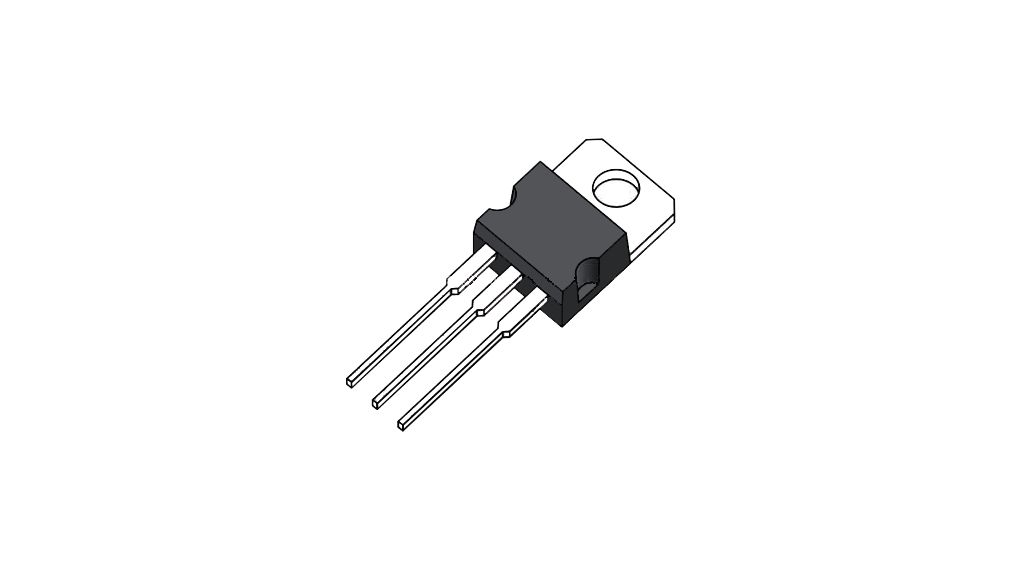According to IDTechEx, a provider of independent market research, the demand for electric vehicle (EV) power electronics will see a huge increase over the next ten years (from 2023 to 2033). In its report it suggests that the battery electric vehicle (BEV) market will grow rapidly in that time – a 15% compound annual growth rate – which will subsequently drive up the interest for power electronics for electric vehicles.
But as EVs become more popular, what are some of the trends and challenges that manufacturers of power electronics for EVs have to look out for? Read on to find out.
What are Power Electronics?
Power electronics refer to the type of electrical engineering that deals with the conversion of electrical energy, through processing high voltages and currents. Examples of power electronics include: rectifiers, inverters, AC-DC and DC-DC converters, inductors and capacitors, power semiconductors and transformers. In EVs, these components are used to charge and discharge the battery, control the motor and regulate the power flow. Distrelec supports electrical engineers by providing a range of power electronics products.
Trends for Power Electronics in EVs
Wide Bandgap Semiconductors (WBG)
Power electronics for EVs are increasingly using wide bandgap (WBG) materials like gallium nitride (GaN) and silicon carbide (SiC). In comparison to conventional silicon-based devices, these materials offer greater efficiency, higher switching frequencies, and enhanced thermal properties. Faster switching is made possible by WBG semiconductors, which results in lower power losses and more compact, smaller power electronic systems.
Wireless Charging
The EV industry is embracing wireless charging for EVs, and it’s expected to see an increase in take up over the next few years. Power electronics are essential elements of wireless charging systems, allowing electric cars to be charged without requiring a physical connection through a cable, by ensuring efficient transfer of power. With the evolution of wireless charging technology, the EV industry is looking at ways to improve charging efficiency, power transfer capabilities and customer experience.
We wrote an article outlining everything you need to know about EV charging. You can read it here.
Integrated Power Modules

Multiple semiconductor devices such as MOSFETS, diodes, and gate drivers are combined into a single package to form an integrated power module. This allows for more compact designs, better temperature control and higher dependability. By integrating all of these devices into the same module, it makes the design and assembly processes simpler and also helps to maximise system performance.
Challenges for Power Electronics in EVs
Efficient Thermal Management
Efficient thermal management is critical for power electronics to ensure optimal performance levels and prevention of damage to the components. As power electronics produce heat during operation, it’s important that this can be monitored and managed. With the ever-increasing power levels, it’ll become more difficult to manage heat dissipation and maintain optimal temperature. Innovative cooling methods are being explored to help to ensure effective thermal management in power electronics.
Higher Power Density
As EV technology advances, it’s likely that power density will increase, with power electronics challenged to handle higher voltages and currents in much more compact designs. Increasing power density whilst retaining dependability, cost effectiveness and thermal management can pose a challenging hurdle to overcome, and requires the development of innovative solutions to power electronic components.
Reducing Costs
The price of power electronics continues to be a barrier to the widespread use of EVs. Although costs have decreased due to improvements in wide bandgap semiconductors and manufacturing techniques, producers should reduce costs to make EV power electronics more accessible. Advancements in materials, production techniques, and economies of scale should be pursued to produce more cost-effective solutions.
Conclusion
With the ever-growing demand for EVs across the globe, there are plenty of opportunities for the power electronics industry to innovate and grow, providing solutions to the challenges that come with advancements in technology, whilst also taking advantage of the necessity of power electronics in Electric Vehicles.











